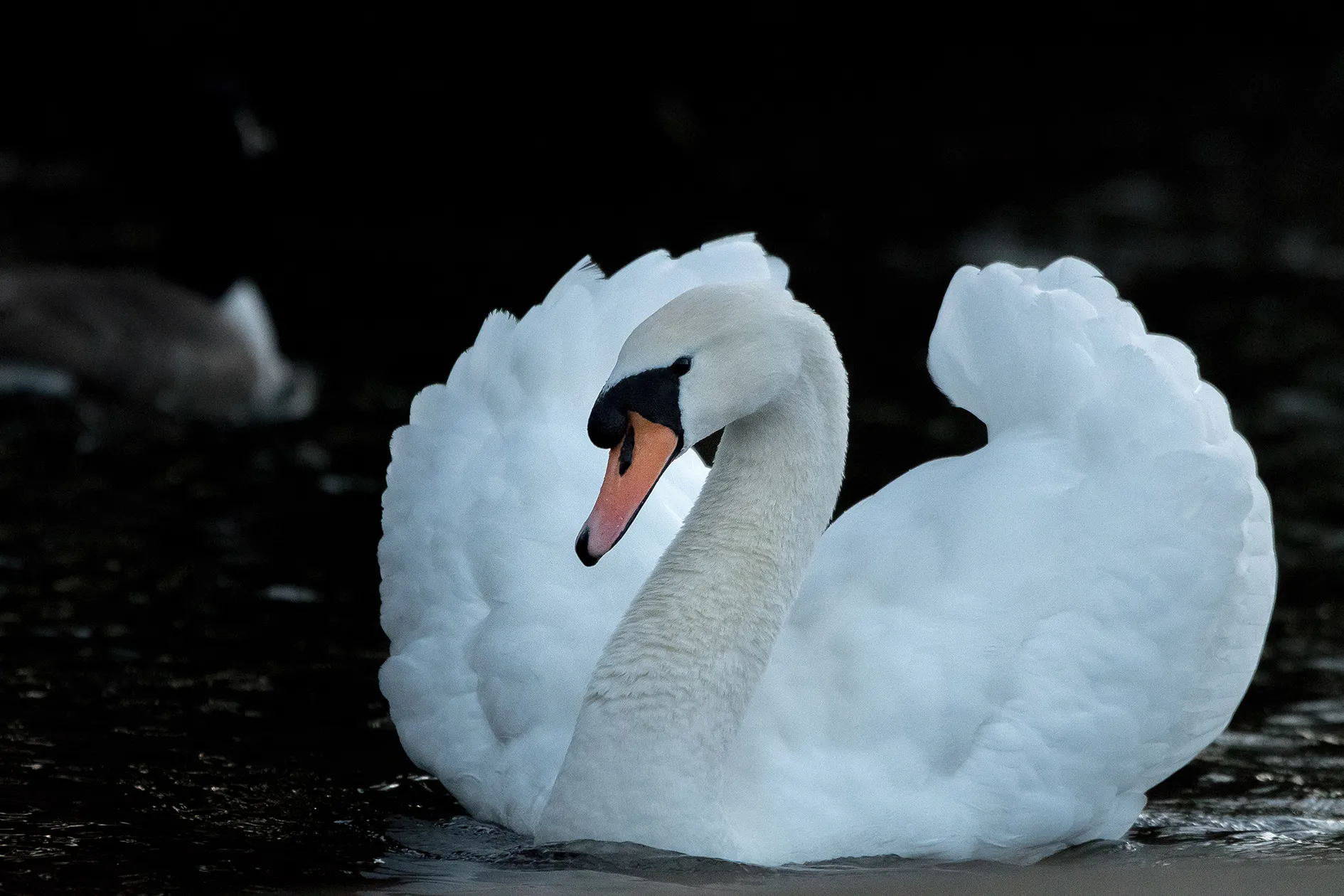A new report published today by the British Trust for Ornithology (BTO), in partnership with RSPB and JNCC, reveals impacts of Avian Influenza on Mute Swans across the UK.
The Wetland Bird Survey (WeBS) report also highlights the importance of maintaining protected areas for key wintering and migratory wildfowl and waders.

The UK is host to internationally important numbers of wintering waterbirds, and the long-standing WeBS and Goose and Swan Monitoring Programme (GSMP) provide essential data that inform decision makers when considering conservation measures for these birds.
With data provided by over 3,800 dedicated volunteers across the UK, the surveys deliver an annual assessment of ducks, geese, swans, waders, and other waterbirds residing on, or passing through, our coasts, estuaries, lakes, reservoirs, and rivers.
The 2023/24 WeBS report reveals yet more changes in the fortunes of many of our wildfowl and waders.
Rarely far from the headlines, High Pathogenicity Avian Influenza, also known as bird flu, has been wreaking havoc in certain species in recent years. Along with seabirds, wildfowl are amongst those groups of wild birds that have been severely hit. This is due partly to the fact that these birds often congregate in large numbers, which allows the virus to spread rapidly.
Mute Swans are amongst our most familiar waterbirds, and reports of dead and dying birds were prevalent across the country in 2021 and 2022. In 2021 more Mute Swans tested positive for bird flu than any other wild bird species, while it was the second most reported species in 2022. A paper, also published this week, collating reports estimates that around 1,000 Mute Swans were found dead between 2021-23.
Annual population statistics of waterbirds, released today in the WeBS report, show that in the winter of 2023/24, Mute Swan numbers across England, Scotland and Wales dropped to their lowest level for 25 years. It is not possible to be sure if this decline is wholly a direct consequence of bird flu deaths, but it does indicate how vulnerable some of our most familiar wetland species can be to changes in their environment, along with other threats and pressures.
Assessing protected areas
Every few years, the annual WeBS report also includes ‘WeBS Alerts’. These are major ‘stocktakes’ that look at how wintering waterbirds are doing on sites which are legally designated to protect them, compared to how they may be faring in the wider landscape.
Among the many findings, it is clear that several species are showing consistent declines across the UK’s protected areas.
For example, long-term declines are pronounced in several seaduck species with Scaup, Velvet Scoter, and Long-tailed Duck having all declined by 70% or more. Other species showing persistent downward trends include Goldeneye, Curlew, Grey Plover, and Ringed Plover.
These patterns are consistent with broader-scale population changes or shifts in habitat suitability, and they reflect pressures that may not be easily addressed at individual sites. In other words, the populations may be undergoing significant changes due to other factors, and the designated wintering or stop-off sites remain essential for those birds that do use them.
Demonstrating site conservation success, for over half of all the 472 species assessments carried out, the population on the protected site was doing better than might be expected or recovering from historic site declines, compared with how the species was doing either regionally or nationally. There are also some species with increasing winter populations – such as Avocet and Black-tailed Godwit – where they have a reduction in the proportion that are on a Special Protection Area, as they spill out into other, less prime, wetlands.
Only by measuring the quality of the protected areas, and their value to key species, can conservation decisions reflect the needs of the birds that use them, as well as flag concerns that may direct future conservation efforts.
Dr Teresa Frost, BTO’s Head of Waterbird Monitoring said, “We live in a rapidly changing world, and wetland environments are exposed to all kinds of pressures that impact the numbers of swans, ducks, waders, and other waterbirds we see when we visit. Whilst we hope that bird populations can recover from disease-related deaths, it is vital to continue monitoring them, as many other factors affect their numbers locally and nationally.”
Simon Wotton, Senior Conservation Scientist at the RSPB said, “Many of the sites surveyed under WeBS are of international importance and designated as Special Protection Areas. The large decline seen in several wetland species across many of these sites is concerning and demonstrates the wider impact of climate change in driving species decline and migration changes. The high-quality, long-term monitoring in this report will help us to ensure that these important habitats for wildlife remain protected.”
Dr Kirsi Peck, Evidence Specialist at JNCC said, “In our environment impacted by climate change, habitat loss and unpredictable pressures such as disease, we cannot take for granted the waterbirds that rely on UK every winter in internationally significant numbers. Continued monitoring by WeBS and GSMP is vital to our understanding and helps targeting of conservation policies and action to maintain the important network of wetland sites these birds cannot survive without.”
The Alerts work was funded by Natural England and WeBS partners.